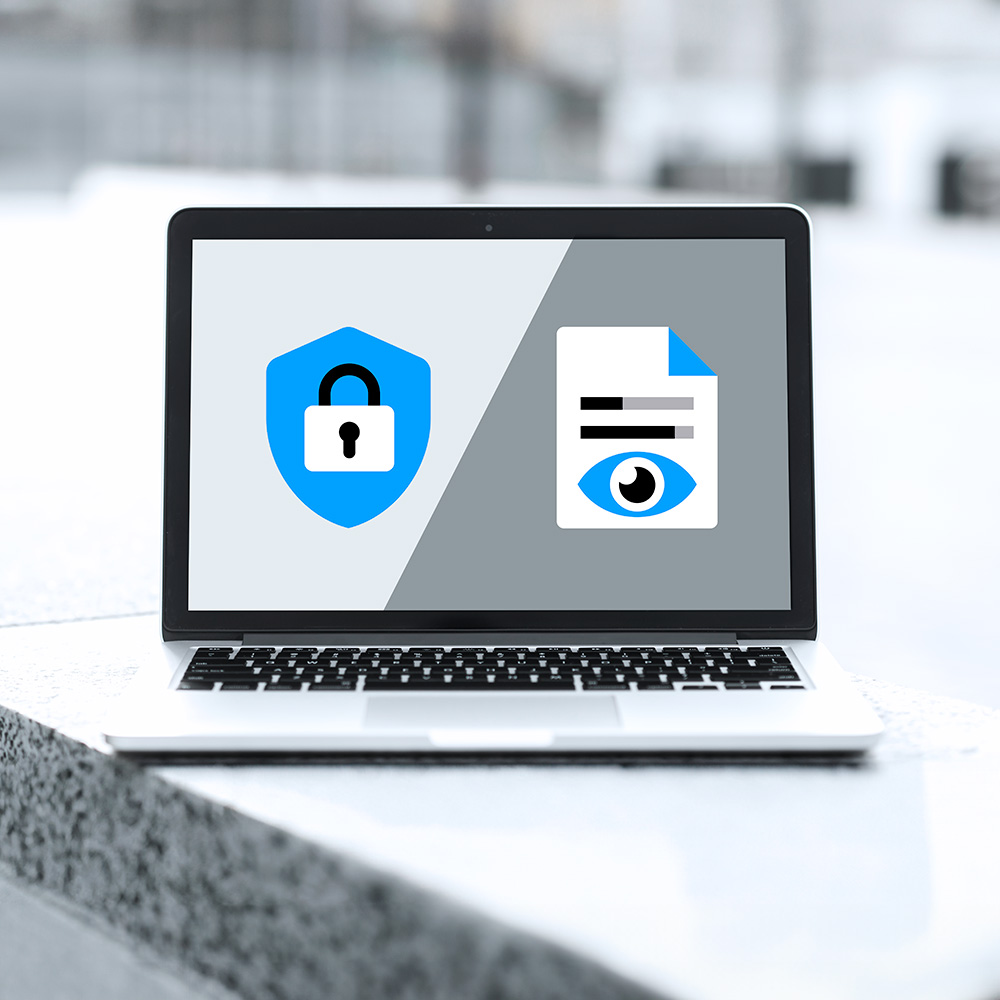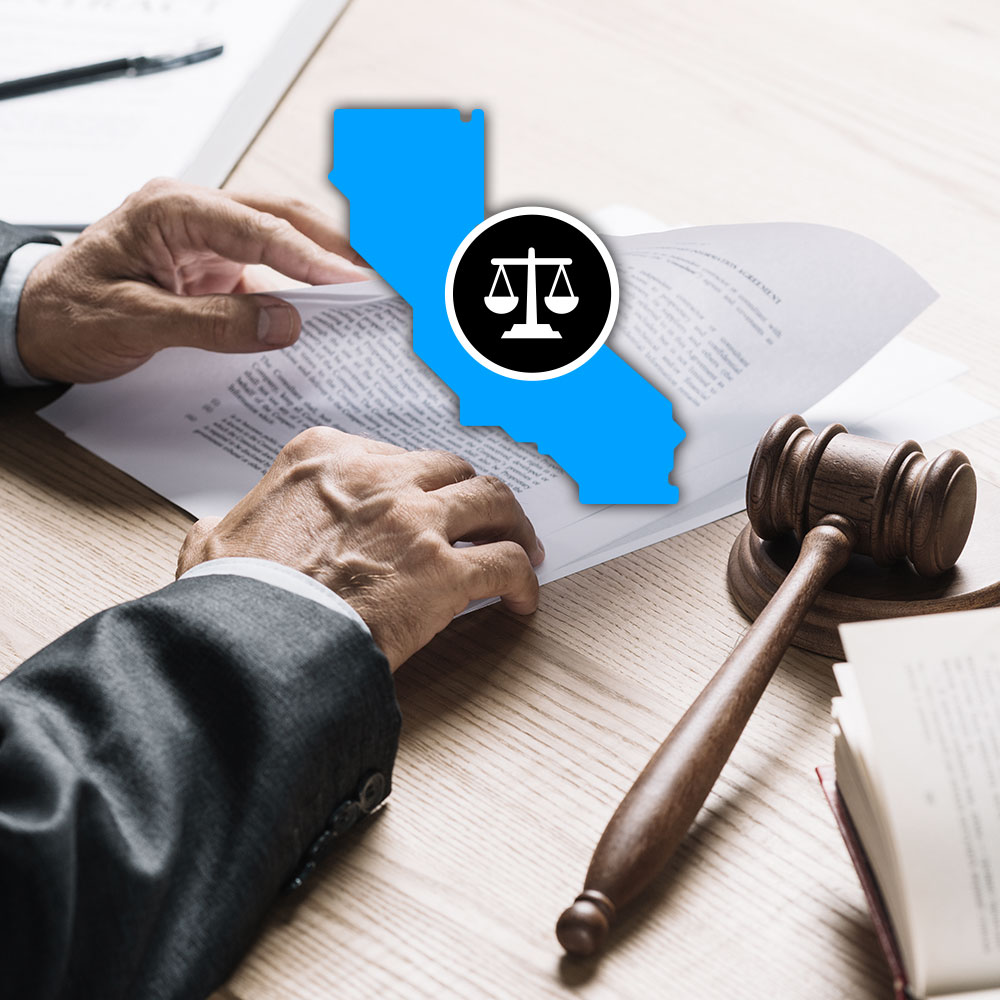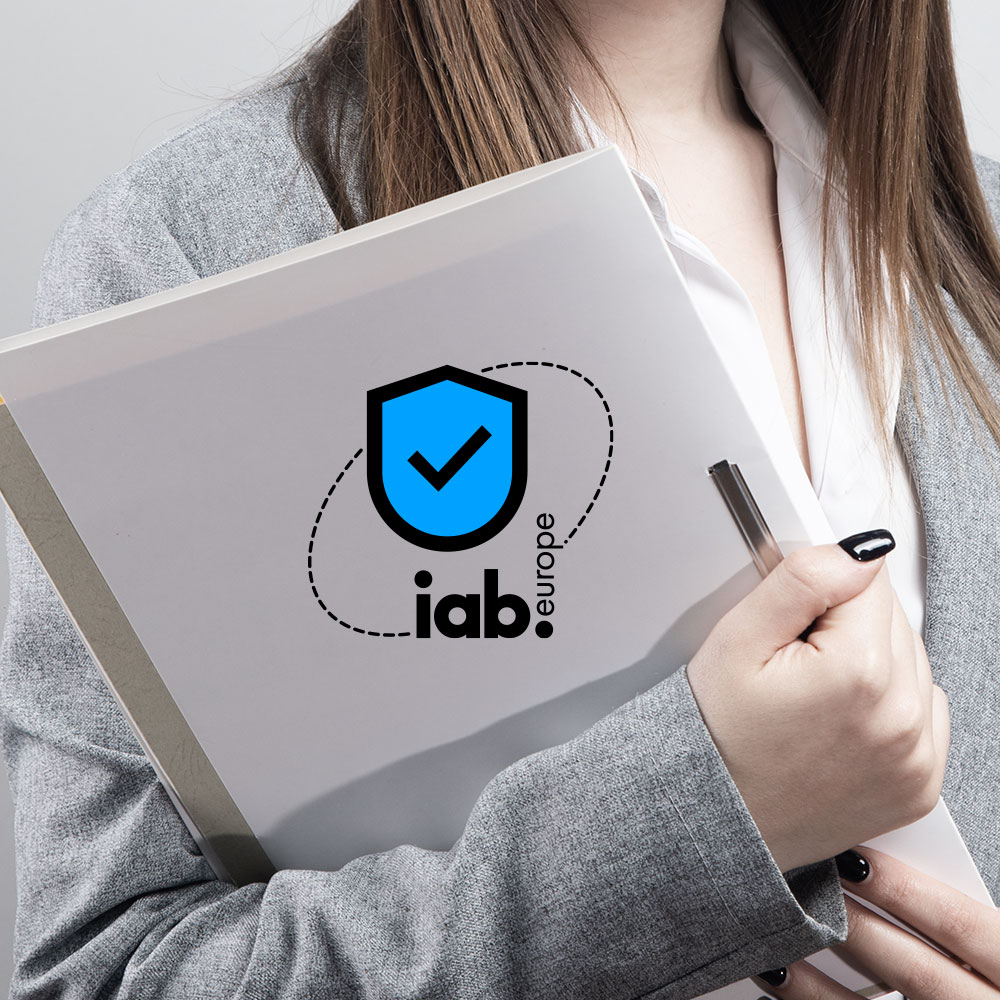The terms “data privacy” and “data security” are regularly used interchangeably, but they represent distinct concepts vital to safeguarding information and the people it comes from.
Understanding the nuances between data privacy and data security is essential for individuals and organizations striving to protect sensitive information, their customers, and, ultimately, their business.
We explore the key differences between these two critical aspects of regulatory compliance, delve into practical examples, and outline best practices for implementing compliant data privacy and security measures.
What is data security?
Data security refers to the set of measures, protocols, and technologies implemented to protect digital information from unauthorized access, corruption, theft, or destruction.
It encompasses a wide range of practices and tools designed to ensure the confidentiality, integrity, and availability of data throughout its lifecycle. The degree of protection and the measures taken vary depending on company size, industry, data stored, relevant regulations, and other factors.
The three primary objectives of data security are:
- Confidentiality: Ensuring that data is accessible only to authorized individuals or systems.
- Integrity: Maintaining the accuracy and consistency of data and preventing unauthorized modifications.
- Availability: Guaranteeing that data is accessible to authorized users when needed.
By implementing robust data security measures, organizations can mitigate the risks associated with data breaches, cyberattacks, insider threats, and other risks, thereby protecting their valuable information assets and maintaining the trust of their stakeholders.
Read about Big data marketing now
What is data privacy?
While data security focuses on safeguarding data from external threats, data privacy deals with how that data is handled and shared — starting from before it’s collected to when it’s deleted, returned, or anonymized.
Data privacy, also known as information privacy, refers to the rights of individuals to control how their personal information is collected, used, shared, and stored, and requirements levied on organizations — usually commercial companies — to obtain and use data according to regulatory guidelines.
It focuses on the ethical and legal aspects of handling personal data, ensuring that individuals have autonomy over their information and that organizations respect their privacy rights. It should be noted, however, that data privacy regulations generally include elements that address both data security and privacy.
Some key aspects of data privacy include:
- Consent: Obtaining explicit permission from individuals at specified points for collecting and processing their personal data.
- Transparency: Clearly communicating what data will be collected, how it will be used, and how data will be sold or shared.
- Purpose limitation: Using personal data only for the specific purposes for which it was collected.
- Data minimization: Collecting and retaining only the necessary personal information for specific, publicized purposes.
- Individual rights: Providing individuals with the ability to opt in or opt out of data sharing, selling profiling, or targeted advertising, in addition to other varying rights, like correction or deletion of their personal data.
Data privacy is governed by various regulations, such as the General Data Protection Regulation (GDPR) in Europe and the California Consumer Privacy Act (CCPA) in the United States. These regulations aim to protect individuals’ privacy rights and hold organizations accountable for their data-handling practices. Companies should also stay up to date on more targeted laws that may affect data privacy and security within countries or industries, as well as policies and guidelines, like those levied by business partners.
Read about marketing data privacy now.
What’s the difference between data privacy and security?
While companies need to have robust systems to manage both data security and data privacy, and while to the layperson they may seem interchangeable, it’s important to understand the differences to develop effective strategies and ongoing management for both.
As you can see, data privacy and data security are distinct but closely related concepts that work together to protect a user’s information, their data, and a company’s business operations, reputation, and finances.
Effective data protection requires a comprehensive approach that considers both aspects. For instance, strong security measures are necessary to ensure data privacy, while privacy concerns guide how security measures are put in place and communications with data subjects.
Read about privacy-enhancing technologies now
Practical data privacy examples
The term data privacy is broadly used, and perhaps not always well understood, as it involves government regulation, companies’ marketing operations, individuals’ activities online, and more. However, let’s explore a couple of data privacy examples to see how it is applied.
For starters, social media platforms like Facebook and Instagram allow users to control who can see their posts and personal information. This control is a fundamental aspect of data privacy, granting individuals the power to manage their own data.
Interestingly, when users of social platforms do not use any privacy settings and all their posted content, replies, etc. are fully public, under some privacy laws this is considered “publicly available information” and likely not considered “personal information” protected by data privacy laws.
Another example is cookie consent banners on websites, which ask for user consent and notify users about data use before collecting tracking data for advertising, analytics, and other uses. This practice aligns with the principles of transparency and consent, ensuring users are informed about how their data will be used.
The GDPR and many other privacy laws empower individuals to exercise their rights over personal data, including the right to request access to all the data a company holds about them.
Individuals can also take advantage of newer and more privacy-focused web browsers and other tools that prevent them from being tracked online. These tools can often directly interface with a company’s consent management solution to signal the user’s consent preferences (or rejection) so they don’t have to provide them every time they go to a new website. This is known as the universal opt-out mechanism, a popular version of which is the Global Privacy Control.
These examples demonstrate some ways that individuals can protect their privacy online, and how organizations can implement data privacy principles to respect individual rights and build trust with their users.
Read about marketing data mining now
Common data security examples and measures
Data security measures are diverse and can be implemented across companies, but also on an individual level. For instance, two-factor authentication adds an extra layer of security by requiring individuals to provide two different authentication factors to verify their identity. It’s commonly used to access accounts on websites and apps to significantly reduce the risk of unauthorized access.
End-to-end encryption is another critical security measure, ensuring that only the intended recipients can read messages sent over communication channels. This type of data security measure is implemented on apps like WhatsApp and iMessage to protect user privacy by preventing unauthorized access or interception of messages, even by the service providers themselves. This ensures that the content of the communication remains confidential, safeguarding sensitive information from potential hackers, government surveillance, or other third parties.
Biometric authentication is another common data security measure. It uses unique physical characteristics like fingerprints or facial recognition, which is increasingly common in securing access to devices and systems.
Many data privacy laws require companies to implement administrative, technical, and physical means of data protection. In addition to pursuing broader compliance with the laws, these measures include encryption of data, access controls for systems and accounts, and regular audits and assessments. They also involve regular employee training and comprehensive response plans for incidents like data breaches.
Such data security measures work together to create multiple layers and types of protection against potential threats and unauthorized access.
Read about marketing data privacy now
Navigating data privacy in the United States
The United States has a sectoral approach to data privacy legislation. This means that laws relating to data privacy are created according to the needs of one particular industry or segment of the population. For example, by industry or for residents of a specific state.
Therefore, companies that operate in the US need to be aware of certain data privacy regulations. As of mid-2024, not quite half of US states have passed data privacy laws. Get the full overview of which states have regulations in place and their individual requirements: US data privacy laws by state – rights and requirements.
The US also has several sector-specific privacy laws, such as the Health Insurance Portability and Accountability Act (HIPAA) for healthcare data and the Gramm-Leach-Bliley Act (GLBA) for financial information. The state-level laws generally defer to these laws where relevant, similarly to how they defer to the Children’s Online Privacy Protection Act (COPPA) for handling data belonging to children.
There is currently no comprehensive federal privacy law in the US. However, discussions are ongoing about drafted national privacy legislation that would harmonize the various state-level regulations and likely supersede many of their requirements.
Data privacy regulations in Europe
Implemented in 2018, the GDPR is one of the strictest data privacy regulations in the world and has set a global standard for privacy protection and has been influential on several laws passed after it.
There are some key aspects of the GDPR that companies and website owners need to be aware of.
- Extraterritorial scope: The GDPR applies to organizations processing personal data of EU residents, regardless of the organization’s location.
- Data subject rights: EU residents have extensive rights, including the right to access, rectify, and erase their personal data.
- Consent requirements: Organizations must obtain prior, explicit, informed consent for data processing activities.
- Data protection by design and default: Privacy considerations must be integrated into the development of products and services from the outset.
- Data breach notification: Organizations must report certain types of data breaches to supervisory authorities and affected individuals within 72 hours.
Best practices for data security
Now that we’ve covered the basics of data privacy and security and have seen how they apply to individuals and businesses, let’s dive into the best ways to put these principles into action. Because data security is critical, and to establish a data security framework at your company, there are certain best practices you can follow. By implementing these, companies can significantly enhance their data security position and reduce the risk of data breaches and cyberattacks.
Encrypt data
Implement encryption for data at rest and in transit to protect it from unauthorized access. Ensure that encryption keys are properly managed and stored securely, separate from the encrypted data. Regularly review and update encryption protocols to stay ahead of emerging threats and comply with industry standards.
Regularly update and patch systems
Keep all software, operating systems, and applications up to date to address known vulnerabilities. Implement a structured patch management process to prioritize and apply updates promptly. Consider using automated patch management tools to streamline the process and ensure consistent application across all systems.
Conduct regular security assessments
Perform vulnerability scans, penetration testing, and security audits to identify and address potential weaknesses. Establish a regular schedule for these assessments to maintain a proactive security posture. Use the results of these assessments to inform and prioritize security improvements and investments.
Develop an incident response plan
Create and regularly test a plan for responding to security incidents and data breaches. Include clear roles and responsibilities for team members, communication protocols, and steps for containment, eradication, and recovery, as well as external communications to authorities and affected users as needed. Conduct tabletop exercises and simulations to ensure the team is prepared to execute the plan effectively when needed.
Monitor and log activity
Implement logging and monitoring systems to detect and investigate suspicious activities. Use Security Information and Event Management (SIEM) tools to centralize and analyze log data from various sources across the network. Establish baseline activity patterns and set up alerts for anomalies that may indicate potential security incidents.
Educate employees
Provide regular security awareness training to employees to help them recognize and respond to potential threats. Use a variety of training methods, including interactive online courses, simulated phishing exercises, and in-person workshops to reinforce key security concepts. Regularly update training content to address emerging threats and evolving best practices.
Secure mobile devices and remote access
Implement mobile device management and secure remote access solutions to protect data accessed outside the office. Develop and enforce clear policies for bring-your-own-device and remote work scenarios. Use virtual private networks and multi-factor authentication to secure connections from remote locations. Also, ensure that any lost or stolen devices can be remotely locked down or wiped.
Manage third-party risks
Assess and monitor the security practices of vendors and partners who have access to your data or have integrations with your systems. Develop a comprehensive vendor risk management program that includes regular security assessments, contractual security requirements, and ongoing monitoring. Establish clear incident reporting and response procedures for third-party security incidents that may affect your organization’s data.
Many data privacy laws require contractual agreements to be in place with third-party processors before any data processing begins. However, such laws also tend to hold the data controller for which third parties are working as ultimately responsible if there is a breach or other privacy violation.
Best practices for data privacy compliance
As we’ve seen, multiple regulations dictate a company’s efforts and must-haves related to data privacy. To avoid hefty fines or other disruptive penalties and avoid loss of trust by customers and the company’s brand reputation, there are some best practices website owners, app publishers, and others should follow.
Conduct data privacy impact assessments (DPIA)
Regularly assess the privacy risks associated with new products, services, or data processing activities. Document the findings and recommendations from these assessments to guide decision-making and risk mitigation efforts. Use the results to inform privacy-enhancing modifications to processes, technologies, or policies before implementation.
Many data privacy laws clearly outline when DPIAs are recommended, and when they are legally required, e.g. when performing high-risk processing or processing of sensitive data.
Develop clear privacy policies
Create transparent, easily understandable privacy policies that clearly communicate how personal data is collected, used, and shared. Use plain language and avoid legal jargon to ensure policies are accessible to all users. Don’t forget to regularly review and update privacy policies to reflect changes in data practices or regulatory requirements.
Obtain and manage consent
Implement a consent management platform (CMP) to ensure that individuals have control over how their data is used. A CMP like Usercentrics enables you to design user-friendly cookie banners, increase your opt-in rate, and provide you with +2,000 legal templates, all while respecting various global data privacy regulations. A consent management platform also keeps detailed records of consent in case your company is audited.
Limit data collection, use, and storage
Collect only the personal data that is necessary for specific, legitimate purposes that have been communicated, and retain it only as long as needed to complete those purposes. Regularly review data collection practices to identify and eliminate unnecessary data points. Consider implementing data minimization techniques and privacy mechanisms like data anonymization when possible to reduce privacy risks.
Implement data retention policies
Establish and enforce policies for retaining personal data only as long as necessary for the specified purposes. Develop clear guidelines for data deletion or anonymization when retention periods expire, which include any third-party processors. Implement automated systems to flag data for review or deletion based on retention schedules.
Train employees on privacy best practices
Educate employees about privacy regulations, best practices, and their role in protecting personal data. Consider developing role-specific training programs that address the unique privacy considerations for different departments or job functions. Conduct regular refresher courses and updates to keep employees informed, and provide safe mechanisms for employees to ask questions or report concerns.
Conduct regular privacy audits
Perform periodic audits and ongoing dialog with legal representatives or data privacy experts to ensure ongoing compliance with privacy policies and regulations, especially as company operations and technologies in use change.
Use the audit findings to identify areas for improvement and update privacy practices accordingly. Consider engaging external auditors or privacy experts to provide independent assessments of your organization’s privacy program, especially for small businesses that may not have in-house resources.
Embracing data privacy and security
In an era where data breaches and privacy concerns are increasingly common, prioritizing data privacy and security is no longer optional: it’s a necessity. Especially combined with ever-evolving privacy regulations. By understanding the distinctions between data privacy and security and implementing best practices in both areas, organizations can protect their valuable information assets, maintain customer trust and brand reputation, and navigate the complex regulatory landscape.
Additionally, by implementing data privacy and data security practices, companies not only protect against potential threats but can also use this as a competitive advantage. Such measures demonstrate an organization’s commitment to ethical data handling and customer trust, which is also increasingly attractive to potential partners, and required by large tech platforms companies rely on for advertising, audience access, and more.




